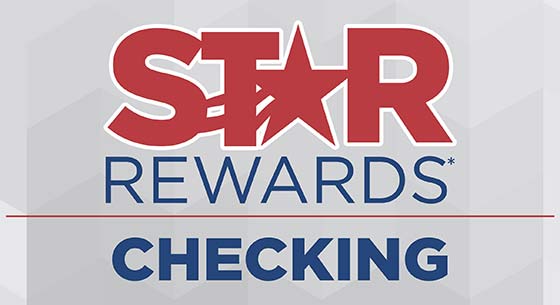October is National Cyber Security Awareness Month. According to Technology Review, the average American spends 24 hours per week online – a number that may be much higher if you work on a computer every day! All of that time spent online, whether it’s on a work computer, a tablet or laptop at home, or that phone you carry with you all day, can leave you and your information vulnerable.
"See how Cyber Safe you are by taking our Cyber Safe Coaching Session and when you're done tell us one thing you learned from the session or this article to get in the drawing for an iPad!"
To better protect yourself and your information, here are 5 simple things you can do this month to help keep your data safe:
1. Use a passcode for your devices
If your smartphone or tablet were to be lost or stolen, how easy would it be for someone to access all of your apps, email accounts, and information? Even if you use biometrics (ex: fingerprint reader), there is generally an alternate passcode option to unlock the device, so make sure it is a strong one. A 4-digit PIN is okay, but if you have the option, a longer alphanumeric passcode is much stronger. Think of all of the apps you have on your phone (including apps such as TCCU Online) and consider your passcode your first line of defense.
2. Set up account alerts
A great way to keep an eye on and be aware of any questionable account activity is by setting up account alerts with your financial institution. Town & Country Credit Union offers email and text alerts for activity such as debit pre-authorizations, internet banking logins, and more. You can set these up yourself under Push Notifications in My Settings within the app or in TCCU Online click on My Settings and then Alerts & Notifications, or give us a call at 1-800-872-6358 to have these options turned on for your account.
3. Create strong and unique passwords for each account
We all know this is a tough one. After all, according to Microsoft’s research, the average user has 25 accounts that require a password, and types an average of 8 passwords a day! That being said, we also hear of breaches occurring with increasing frequency – and having the same password for multiple accounts definitely puts your information at risk. Creating strong, varied passwords is a necessity to keep your data as safe as possible. You might also consider using a passphrase instead of a password; that could be a saying that you like or can easily remember and taking the first letter of each word in that phrase, combined with some numbers and a special character or two. With so many unique passwords, you may also want to use a secure password manager app or tool to keep track of your different log in credentials.
4. Backup your data
In the event that your data is lost, stolen, or compromised, having a complete backup is vital and something often overlooked. We’ve all heard the horror stories of our friends and family members losing years’ worth of important data, pictures, and contacts when a computer crashed or a phone was lost. Don’t let this happen to you! The best options for backing up data are either an external hard drive (for a PC) or a cloud service backup (such as Dropbox, Google Drive, iCloud) for your mobile device.
5. Don’t overshare on social media
In addition to the obvious, such as not posting on social media when you will be out of town (hello, empty house alert!), there are other, more subtle, ways you may be sharing information that could lead to your personal information being compromised without even realizing it. Too often on social media we see a fun “this would be your name” game where the combination was your grandmother’s name, mother’s maiden name, and street name on which you grew up. It's amazing the number of people who share and comment with their respective name combo. Those are common security questions that people set for themselves when setting up account security, and a super easy way for someone to gather that information from a lot of people! Beware of “games” or fun memes that ask you to give out that type of information; even if you know the person sharing it, think about where it may have originated and others who may be looking at it.





